Report this entry
More from the same community-collection
El Paso Streetcar Track Construction
El Paso Streetcar: All of the tracks, including this section in ...
El Paso Streetcar Track Construction
El Paso Streetcar: Construction of the 4.8 mile streetcar route ...
El Paso Streetcar Track Construction
El Paso Streetcar: Construction of the 4.8 mile streetcar route ...
City Police Motorcycle - El Paso, Texas
A police officer poses for a photograph with his Harley-Davidson ...
El Paso Streetcar Track Construction
El Paso Streetcar: Construction of the 4.8 mile streetcar route ...
Residence of Charles E. Davis - El Paso, Texas
Photos of Charles E. Davis Jr.'s residence located at 625 W. ...
The Mine and Smelter Supply Co. - El Paso, Texas circa 1905
Photo of the Mine & Smelter Supply Co. located at 101 San ...





















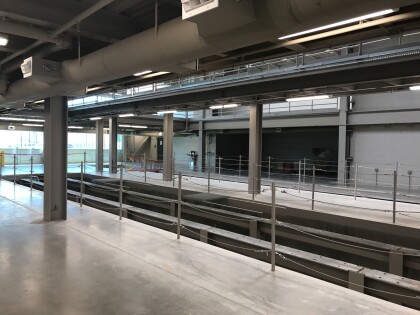
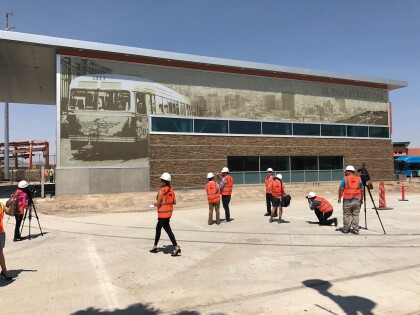
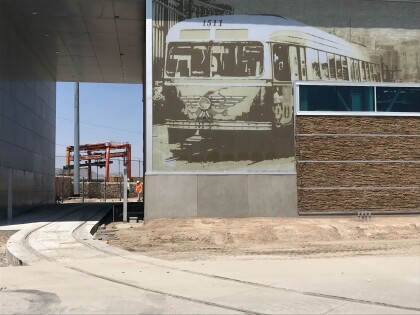
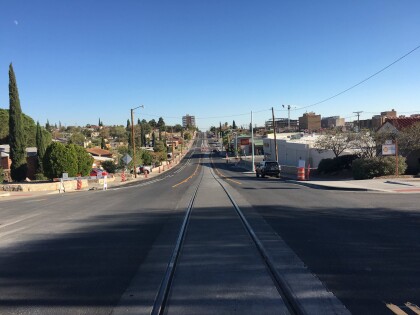
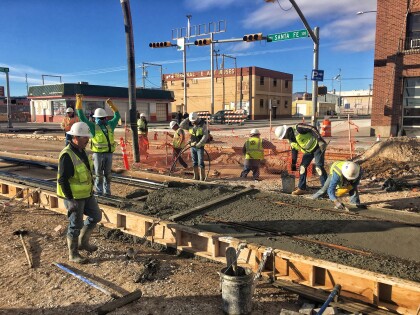
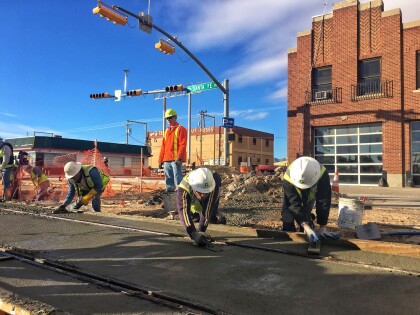
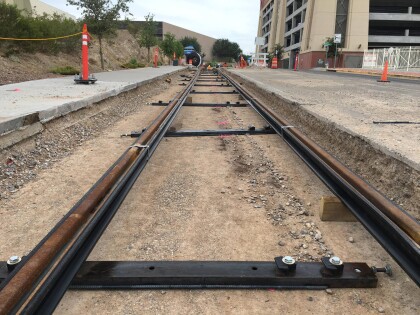
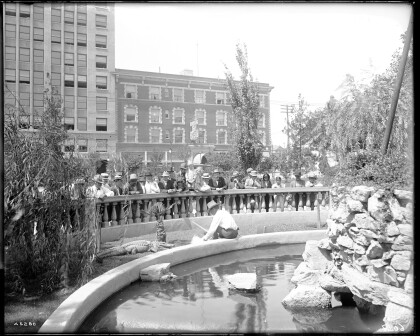
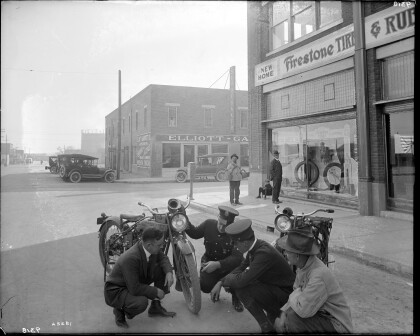
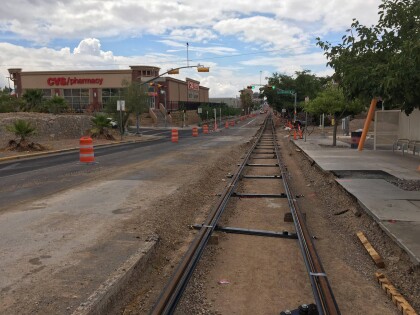
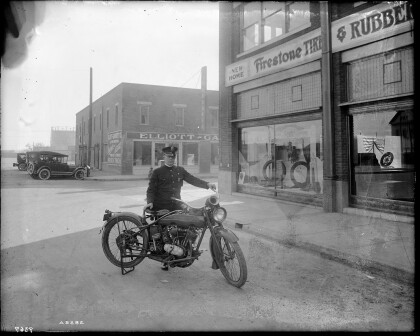
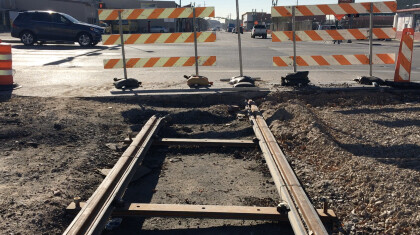


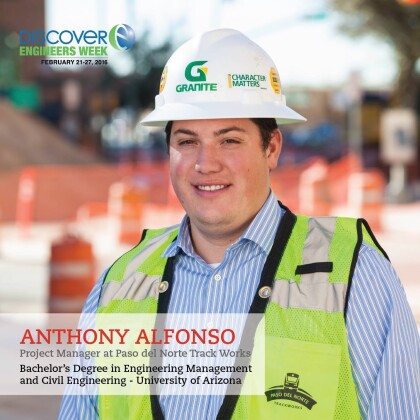

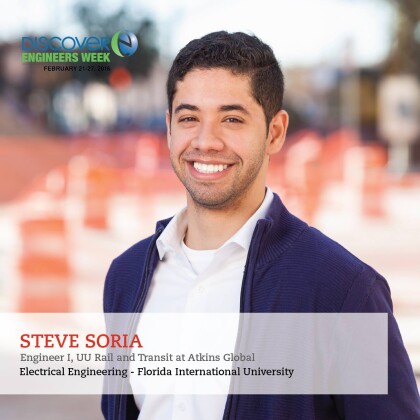
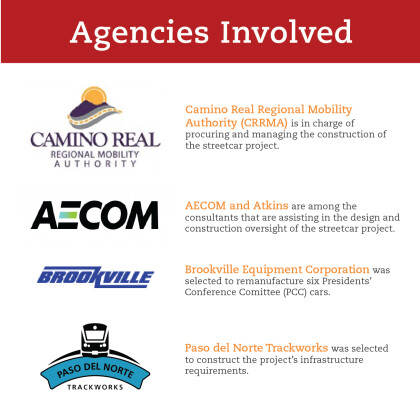
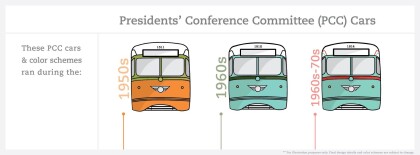
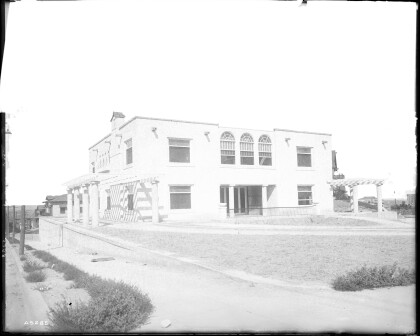
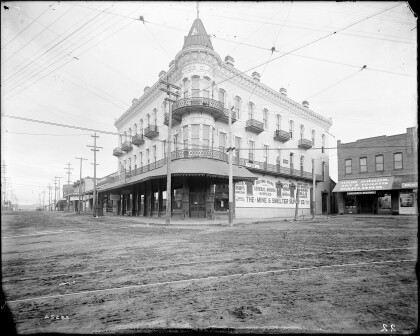
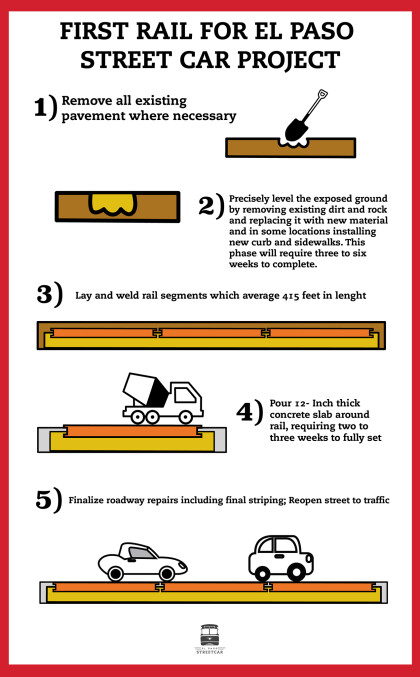
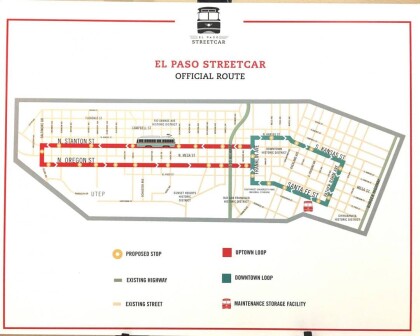
Comments
Add a comment